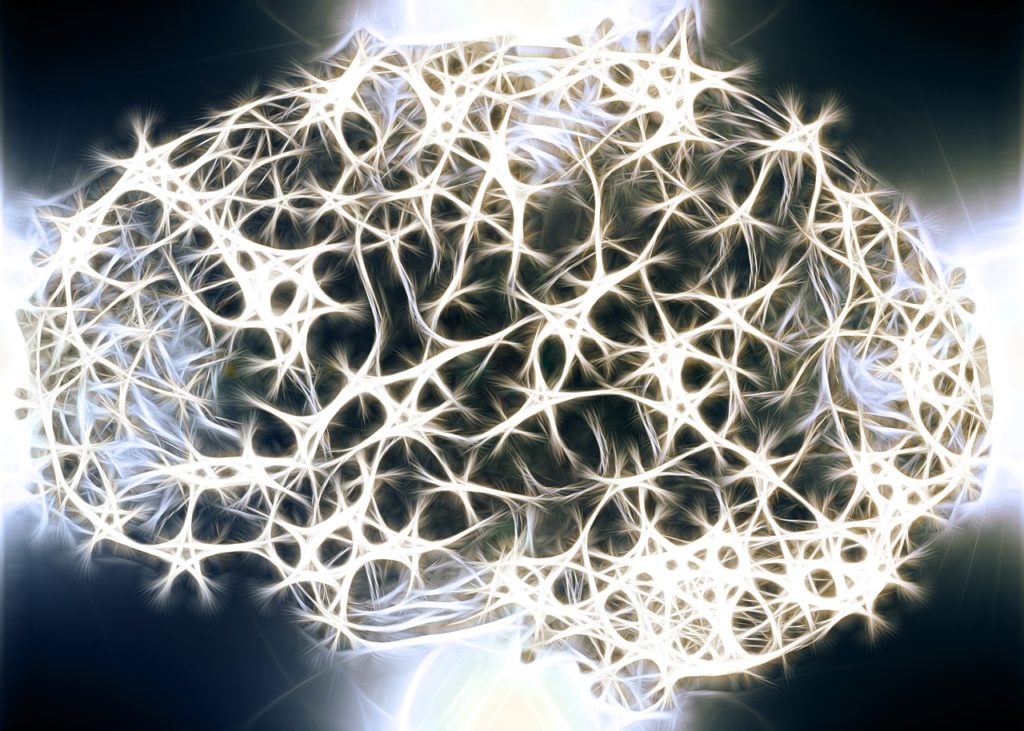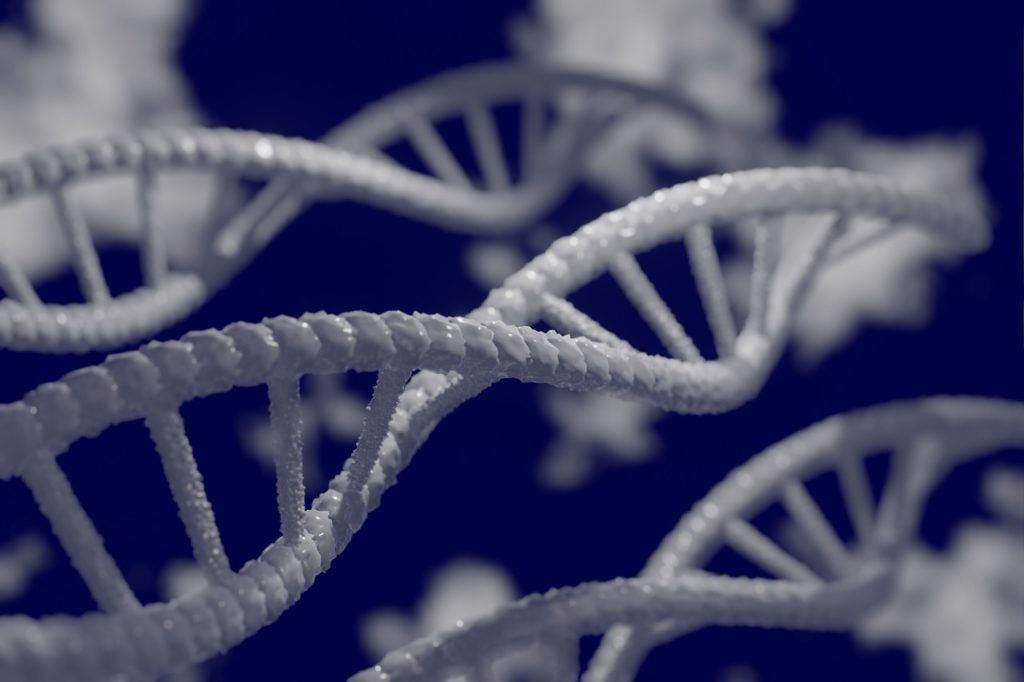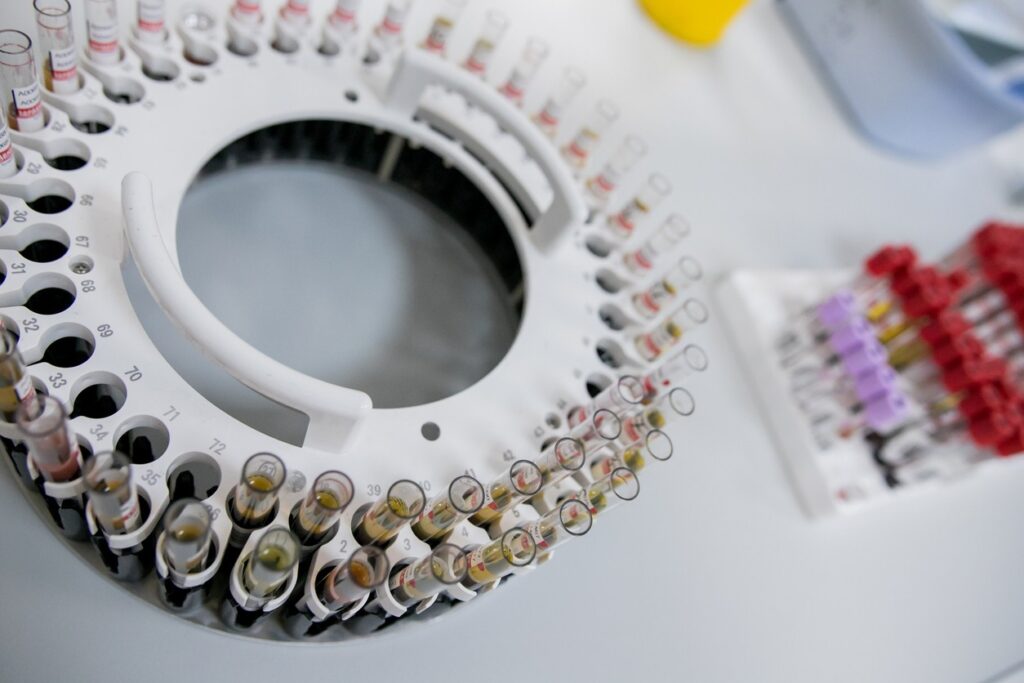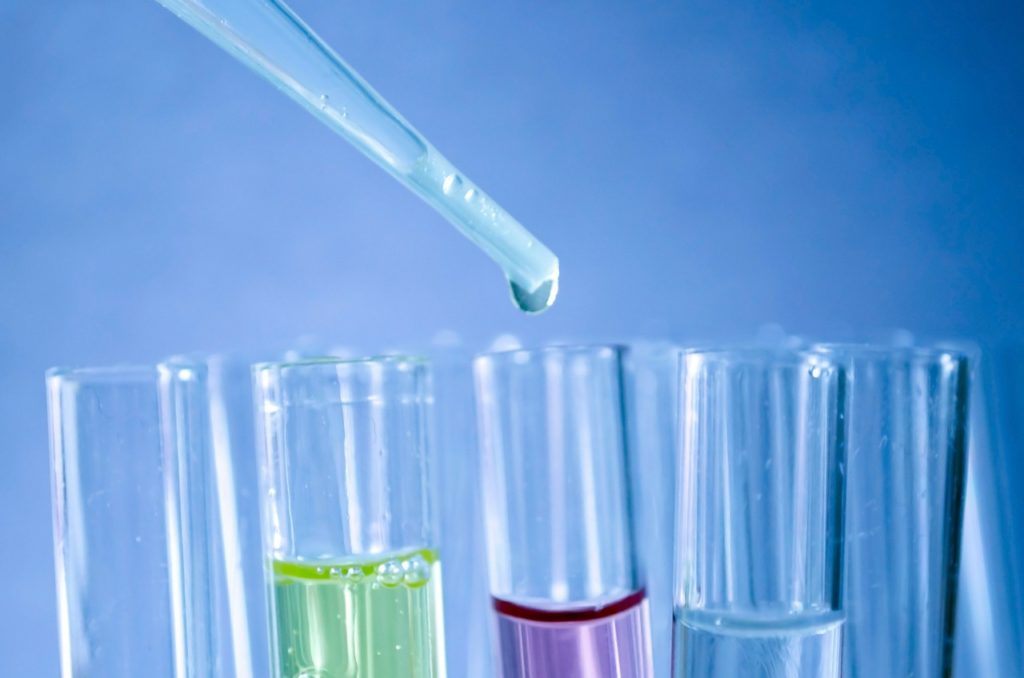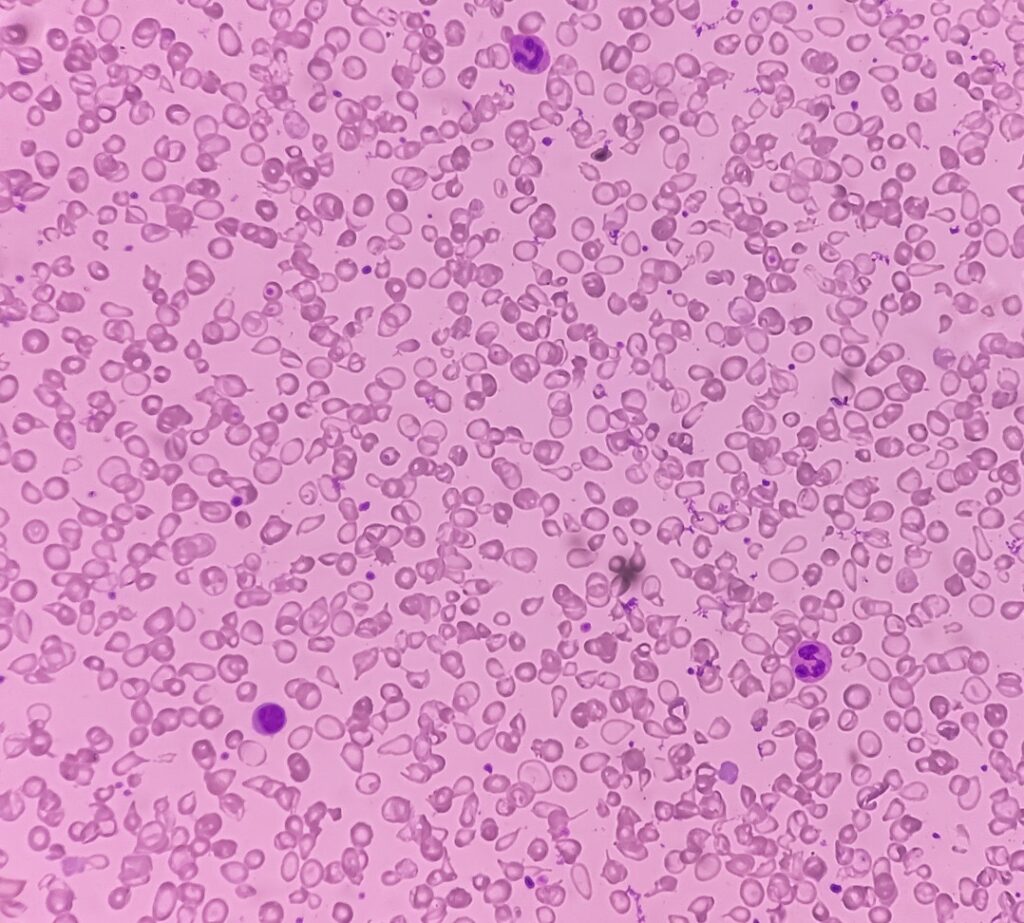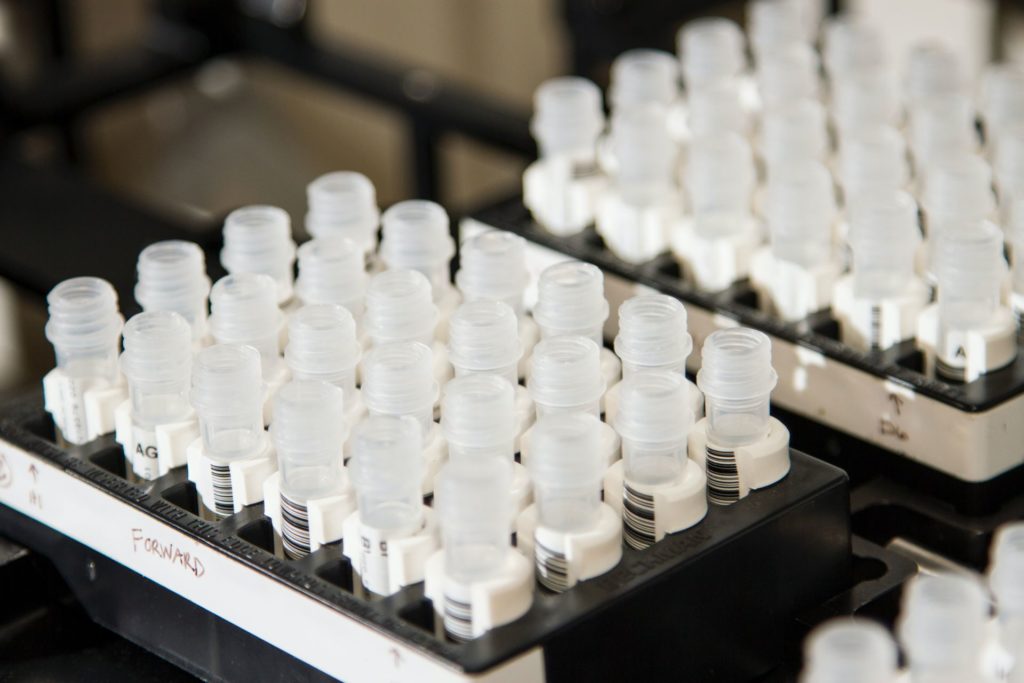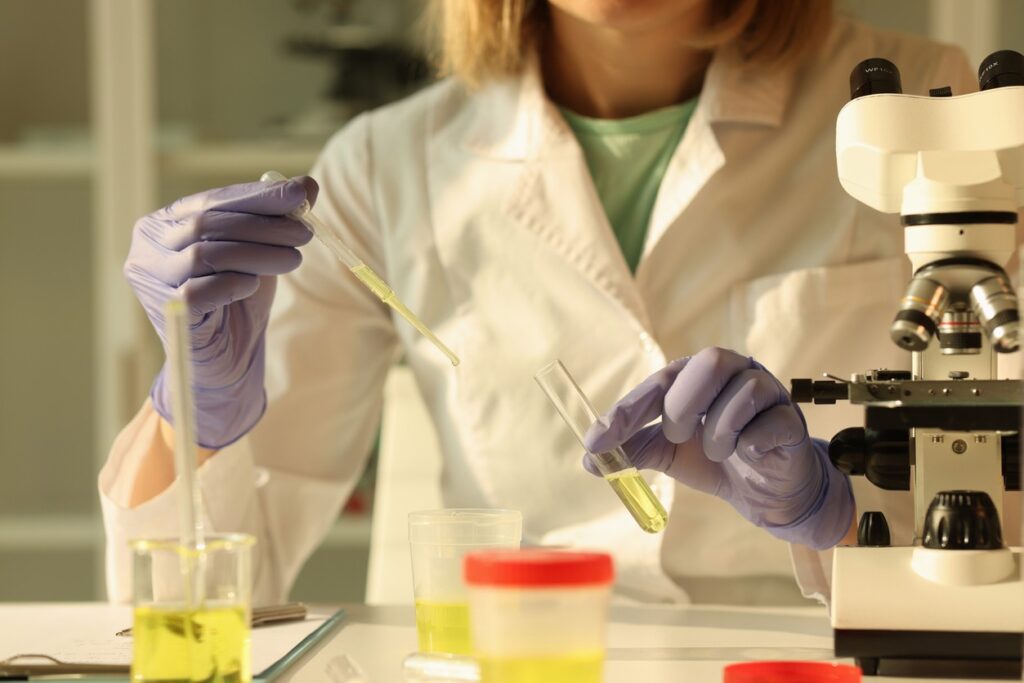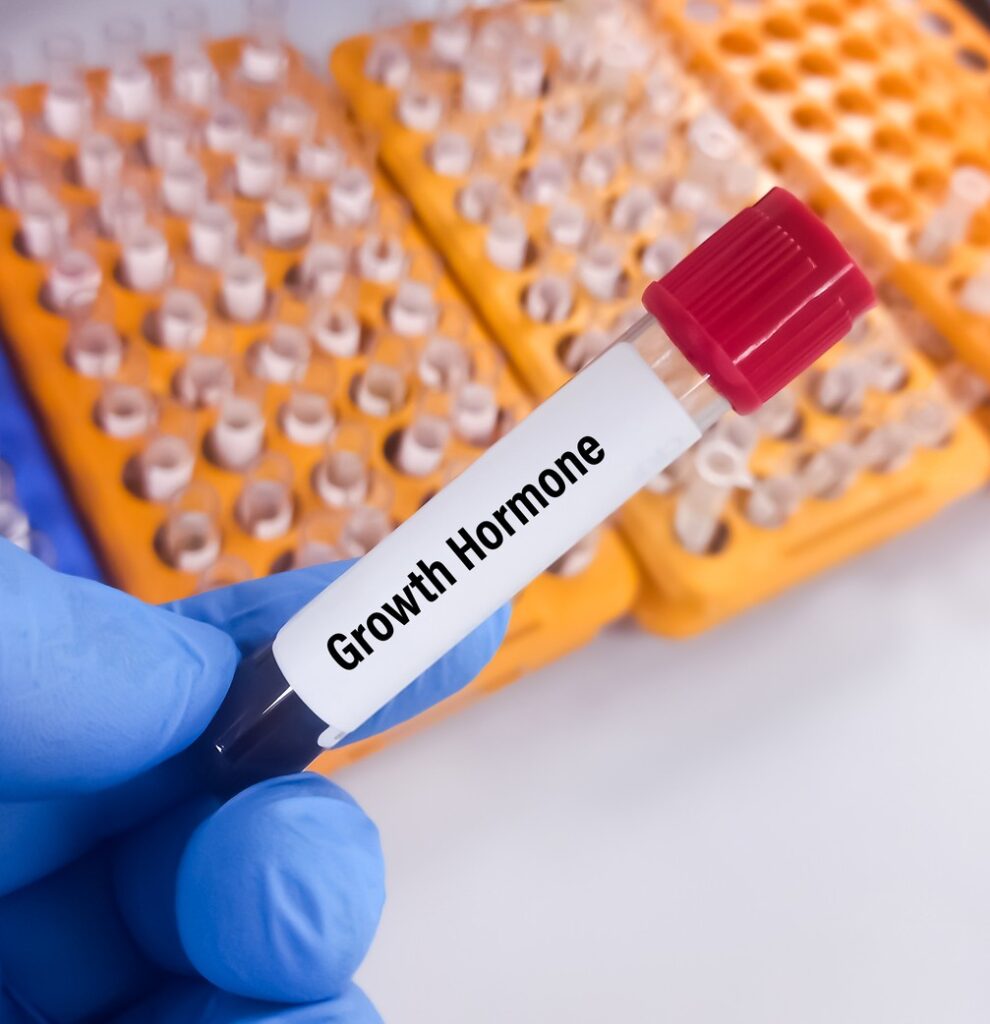Peptide Blog
All articles and shared info are for educational purposes only.
Latest Peptide Articles
Epitalon and Cell Aging Research
Epithalon/Epitalon is a short peptide derived from the pineal gland in the epithalamus region of the brain. It is also known as Epithalamine due to its origin of extraction. Vladimir Anisimov conducted studies on this biological peptide, and discovered the apparent active agent of Epitalon peptide, which is of low molecular weight. He suggested through...
Research Studies Involving NAD+
Nicotinamide Adenine Dinucleotide (NAD+) is the oxidized form of Nicotinamide Adenine Dinucleotide Hydroxide (NADH). NAD+ is considered to be a crucial component of the Electron Transport Chain (ETC). ETC may be the key to the cellular energy generation cycle. It appears to produce energy in the form of ATP by transferring electrons from one carrier...
Thymosin Beta 4 (TB-500) and Related Research Studies
TB-500, or Thymosin Beta-4 is the predominant form of thymosin. This amino acid has been implicated, via research studies, in actin-interaction and tissue repair processes. It is believed to be one of the families of 16 beta thymosins. Thymosin, a hormonal secretion believed to be produced from the thymus, is considered to trigger the potential...
Tesamorelin and Ipamorelin Study Findings
Tesamorelin & Ipamorelin peptide blend is made up of two synthetic peptides that have been suggested by researchers to stimulate the release of growth hormones. Tesamorelin and Ipamorelin research suggests that Tesamorelin and Ipamorelin peptides may not affect different pituitary hormones, inclusive of thyroid-stimulating hormone (TSH), luteinizing hormone (LH), adrenocorticotropic hormone (ACTH), and prolactin. Tesamorelin,...
Cell Aging Research and FOXO4-DRI Peptide
What is FOXO4-DRI? FOXO4-DRI, also known as Proxofim is a synthetic peptide developed by Dutch research teams. It contains a specific peptide antagonist named FOXO4-DRI. It is a modified protein type designed to trigger the selective death of aged cells. The discovery of this peptide analog has accentuated the attempts for cell aging reversal. Data...
Follistatin-344: Research in Muscle Cell Regeneration
Follistatin-344 has been linked to an interplay with the naturally occurring biopeptide Myostatin. Myostatin is a peptide that is released by muscle cells, also known as myocytes, and belongs to the Transforming Growth Factor-Beta (TGF-β) family. Myostatin appears have the ability to inhibit the growth and differentiation of muscle cells, and there are suggestions that...
Copper Peptide (AHK-Cu) and Hair Follicle Regeneration
What is AHK-Cu Peptide? AHK-Cu is a short peptide with three amino acids attached to a copper molecule (Ala-His-Lys-Cu). AHK-Cu peptide, also known as copper peptide, has been isolated in blood samples. This peptide may be responsible, in part, for growth and development of cells in the blood vessels. It has also been researched in...
Comparing Ipamorelin and GHRP-6
Growth Hormone-Releasing Peptides (GHRPs) Growth hormone-releasing peptides GHRPs are classified as synthetic peptides capable of inducing stimulatory effects on the endogenous secretion of growth hormone (GH). Research studies conducted on animal models have led scientists to explore and classify several research peptides within this family of peptides. However, researchers note that they appear to have...
Thyrotropin and Research Regarding Metabolism
Thyrotropin, also recognized as thyroid-stimulating hormone (TSH) or thyrotropic hormone, are naturally secreted by the thyrotropic cells of the adenohypophysis. It is classified as a glycoprotein hormone that researchers propose regulates the endocrine activity of the thyroid gland. It may bind to specific receptors on the surface of the thyroid glands, potentially leading to the...

